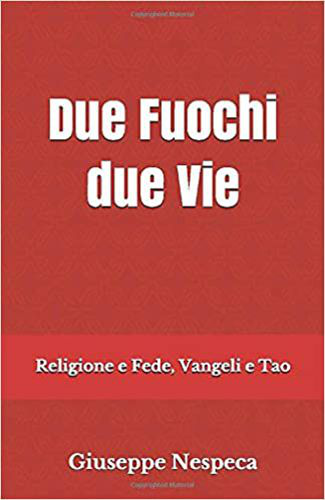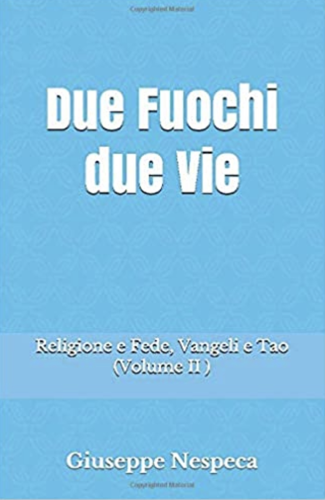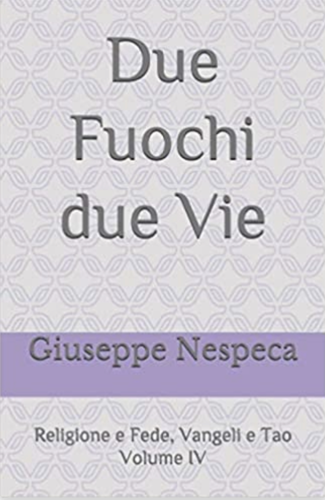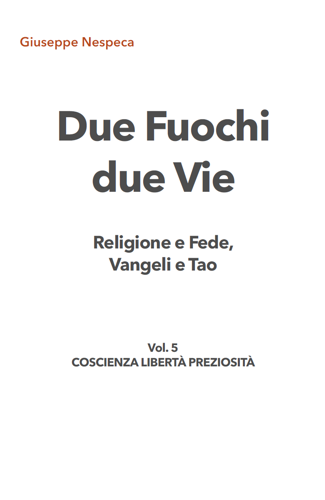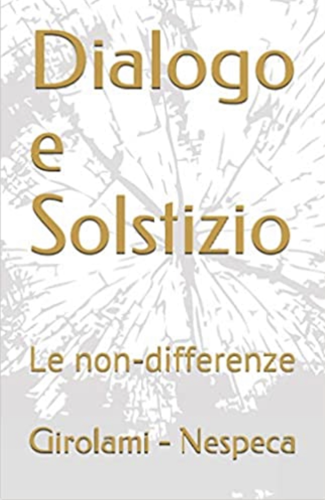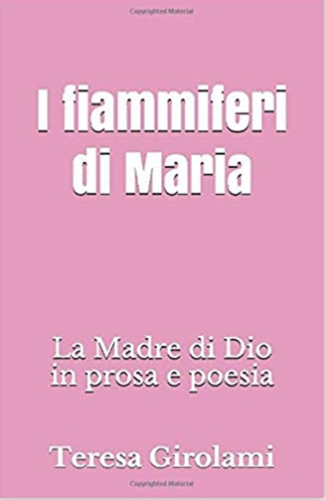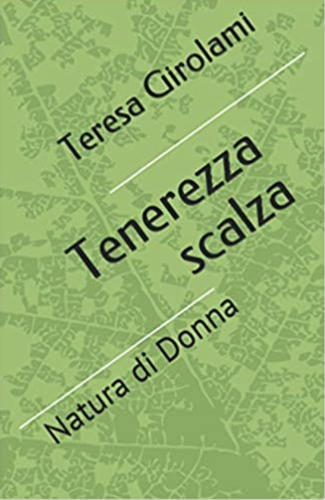Dear Young People, Dear Pilgrims of Trust, welcome to Rome,
You have come in large numbers from the whole of Europe and also from other continents to pray at the tombs of the Holy Apostles Peter and Paul. Indeed it was in this city that they both poured out their blood for Christ. The faith that motivated these two great Apostles of Jesus is the same faith that inspired you to set out. For the year which is about to begin, you plan to open the sources of trust in God in order to live them out in daily life. I rejoice that in this way you are complying with the intention of the Year of Faith that began in October.
It is the fourth time that you have held a European Meeting in Rome. On this occasion I would like to repeat to you the words that my Predecessor Blessed John Paul II spoke to the young people at your Third Meeting in Rome: “the Pope is deeply committed with you to this Pilgrimage of Trust on Earth…. I too am called to be a pilgrim of trust in the name of Christ” (30 December 1987, ORE, 23 Jan. 1988, p.4).
Just over seventy years ago, Brother Roger established the Taizé Community. Thousands of young people from all over the world continue to go there to seek meaning for their lives. The Brothers welcome them to share in their prayer and provide them with an opportunity to experience a personal relationship with God. It was to support these young people on their journey to Christ that Brother Roger had the idea of starting a “pilgrimage of trust on earth”.
A tireless witness to the Gospel of peace and reconciliation, ardently committed to an ecumenism of holiness, Brother Roger encouraged all those who passed through Taizé to become seekers of communion. We should listen in our hearts to his spiritually lived ecumenism, and let ourselves be guided by his witness towards an ecumenism which is truly interiorized and spiritualized. Following his example, may all of you be bearers of this message of unity. I assure you of the irrevocable commitment of the Catholic Church to continue seeking the paths of reconciliation leading to the visible unity of Christians. And so this evening I greet with special affection those among you who are Orthodox or Protestants.
[French] Today Christ is asking you the same question that he asked his disciples: “Who do you say that I am?”. Peter, by whose tomb we are gathered at this moment, answered this question: “You are the Christ, the Son of the living God” (Mt 16:15-16). And his whole life became a tangible answer to this question. Christ also hopes to receive from each one of you a response that does not come from compulsion or fear but from your deep inner freedom. In answering this question your life will find its strongest meaning. The text of St John’s Letter that we have just heard enables us to understand with great simplicity, concisely, how to answer. “We should believe in the name of his Son Jesus Christ and love one another” (1 Jn 3:23). Believing and loving God and others! What could be more uplifting? What could be more beautiful?
During these days in Rome may you be able to let this “yes” to Christ well up in your hearts, in particular by making the most of the long moments of silence that have an important place in your prayers together, after listening to the word of God. This word, Peter’s Second Letter says, is like “a lamp shining in a dark place” which you do well to look at “until the day dawns and the morning star rises in your hearts” (1:19). You see, if the morning star has to rise in your hearts it means that it is not always there. Sometimes the evil and suffering of the innocent stir up in you doubt and confusion. And saying “yes” to Christ can become difficult. Yet this doubt does not make you nonbelievers! Jesus did not reject the man in the Gospel who cried: “I believe; help my unbelief!” (Mk 9:24).
[German] To ensure that you do not lose heart in this battle, God does not leave you helpless and isolated. He gives all of us the joy and comfort of the Church’s communion. During your stay in Rome, thanks especially to the generous hospitality of so many parishes and religious communities, you are having a new experience of Church. On returning home, I invite you to discover in your various regions that God makes you all co-responsible for his Church in the whole range of your vocations. This communion which is the Body of Christ needs you and you have your own place in it. Starting with your gifts, with what is specific to each one of you, the Holy Spirit forms and breathes life into this mystery of communion which is the Church in order to communicate the Good News of the Gospel to the world today.
[Polish] Like silence, singing has an important place in your community prayers. In these days the songs of Taizé are filling the basilicas of Rome. Singing is a support and an incomparable expression of prayer. In singing to Christ, you also open yourselves to the mystery of his hope. Do not be afraid to precede the dawn in praise of God, you will not be disappointed.
Dear young friends, Christ does not take you away from the world. He sends you wherever his light is lacking so that you may take it to others. Yes, you are all called to be small lights for those around you. With your attention to a fairer distribution of the earth’s resources, with your commitment to justice and to a new human solidarity, you will help all those around you to understand better that the Gospel leads us at the same time both to God and to others. Thus, with your faith, you will help make trust spring up on this earth.
[French] May you therefore be full of hope! God bless you, as well as your family and your friends!
[Meeting with the young people of Taizé, Rome 29 December 2012]





